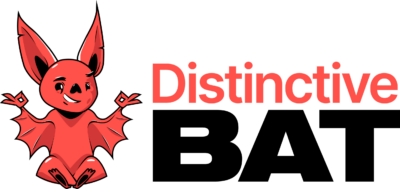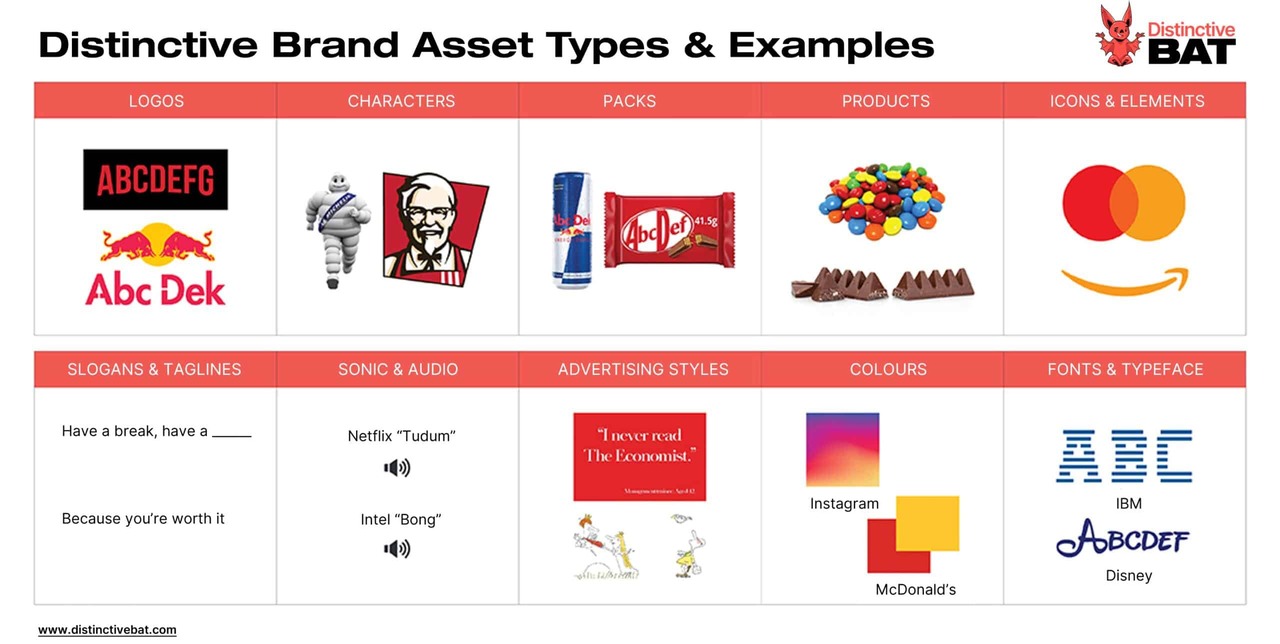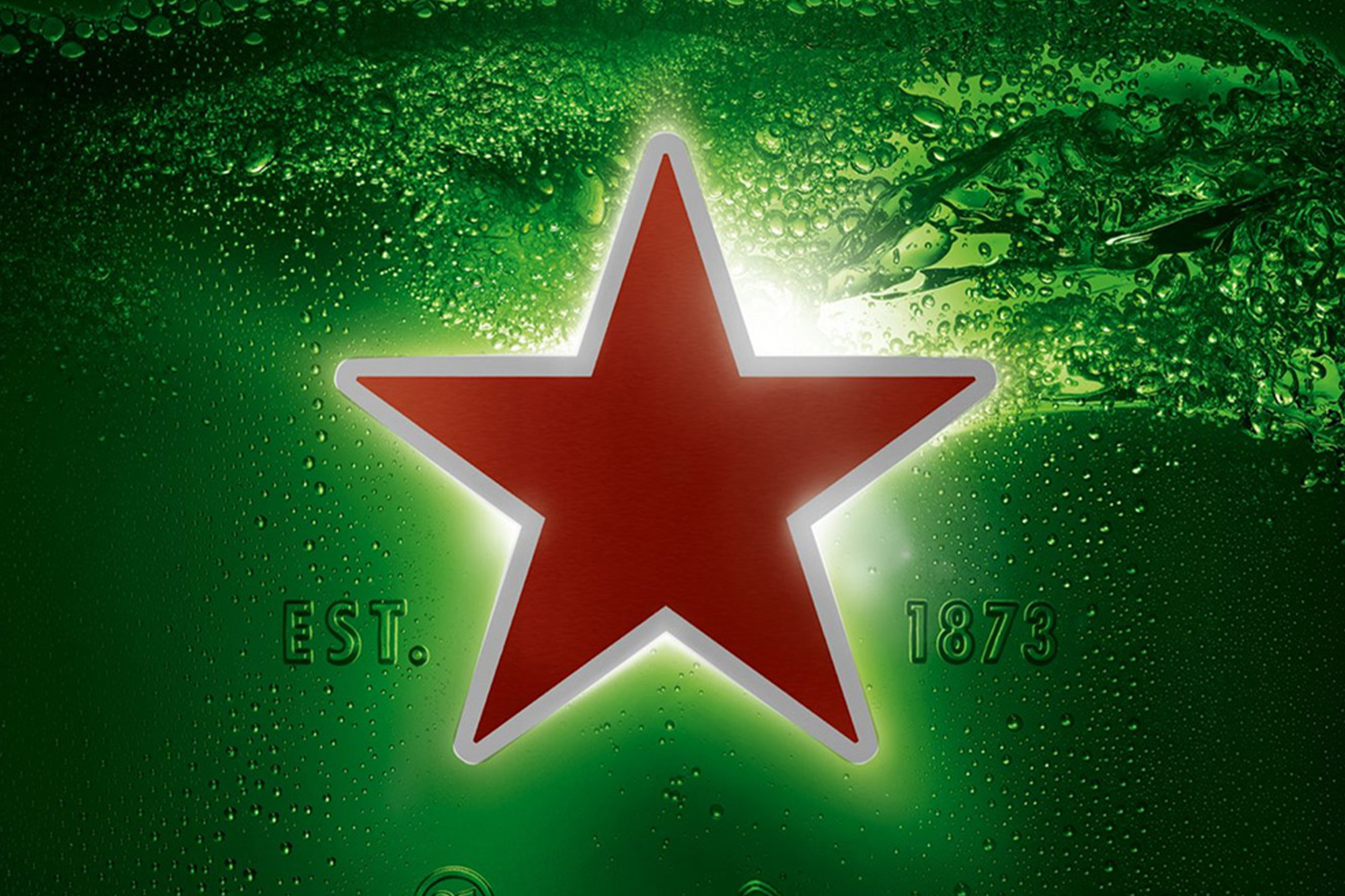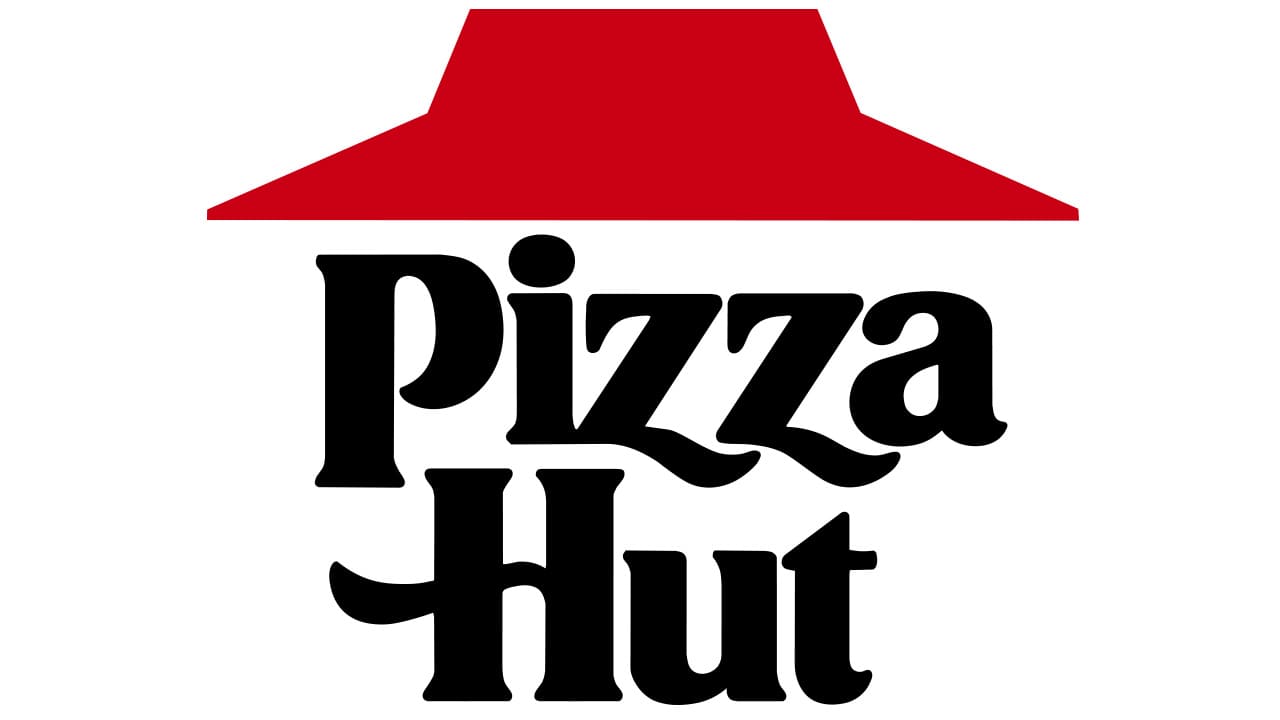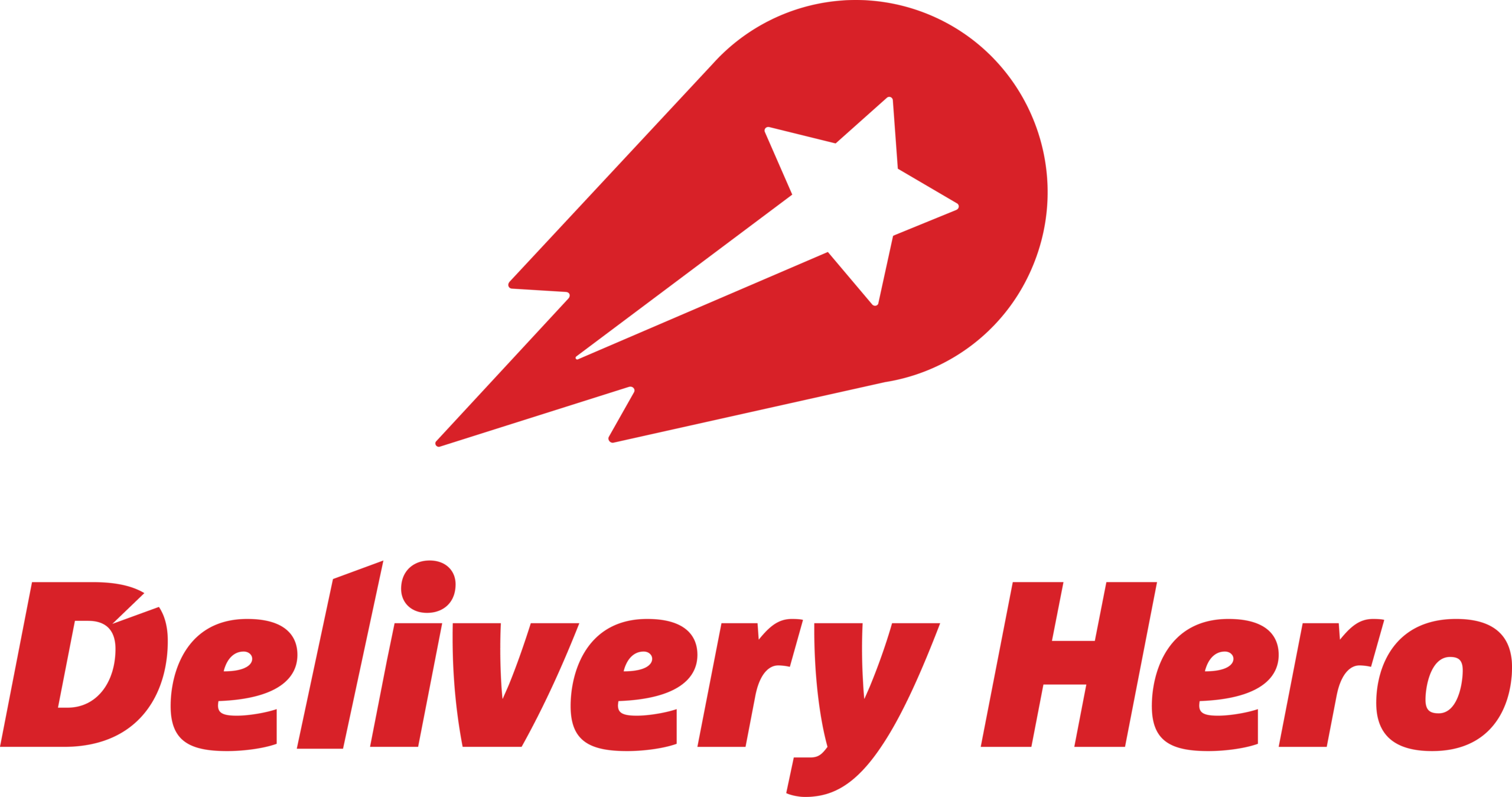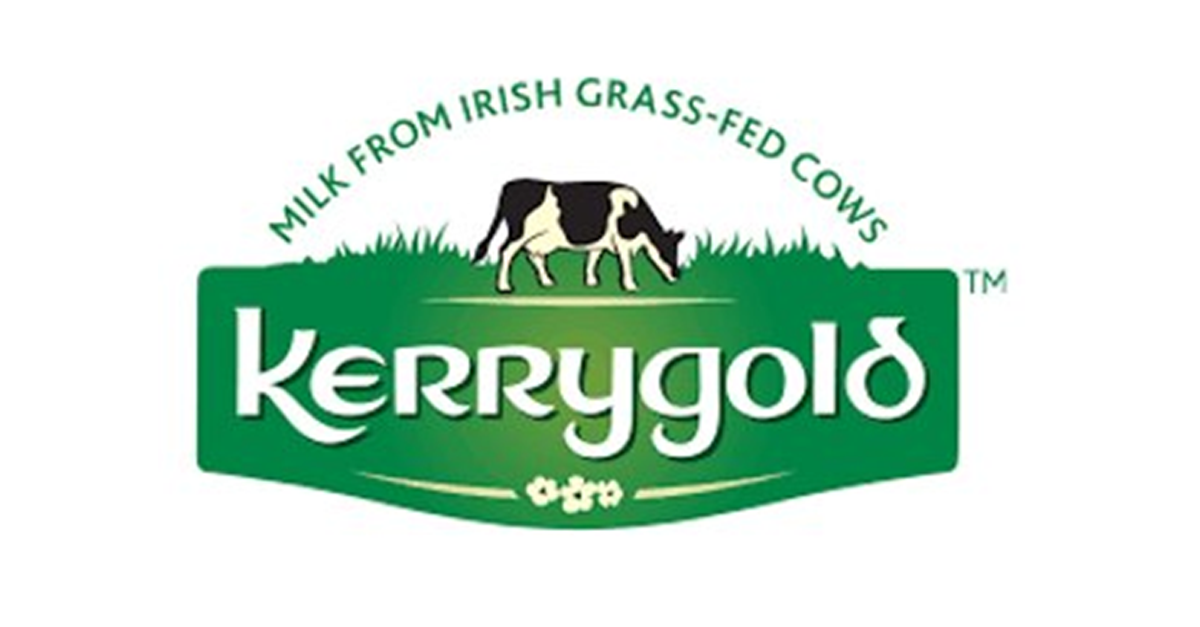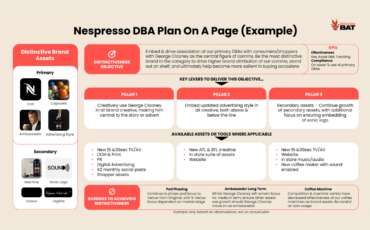Distinctive Brand Assets
Distinctive Brand Assets
Distinctive Brand Assets (DBAs), also referred to as brand codes, are learned associations that help us to notice, recognise, remember and think of a brand. Coined by Byron Sharp and Jenni Romaniuk of the Ehrenberg Bass Institute, these elements encompass non-brand name cues such as colours, logos, icons, characters, packaging, patterns, shapes, and audio devices.
Distinctive Brand Assets (or distinctive assets) have come to the fore as a critical component of marketing effectiveness, with massive credit due to experts such as Jenni Romaniuk of the Ehrenberg Bass Institute in breaking down the marketing science behind the topic in the seminal book “Building Distinctive Brand Assets”. Now at the forefront of marketing science and effectiveness, understanding what your distinctive assets are and making a plan for how they are activated are crucial steps for any brand to take (See more here on Distinctive Brand Asset research and tracking). Below we break down why they are so crucial for your brand, along with an overview of the main types of assets you can use to propel your brand forward. You can also download our guide to distinctive assets here.
Why are Distinctive Brand Assets important?
Stand Up in Comms
The first job of advertising is to be noticed, the second job is for them to know it’s you. Distinctive Brand Assets enhance creative effectiveness, increasing the likelihood of consumer recognition, recall, and memory association. A diverse range of assets helps encode ads in consumers’ brains, something a brand name just won’t do alone.
And it’s not just a case of mentioning the brand several times, there is no correlation between branding scores and the number of times a brand is mentioned1. Without plastering your logo everywhere (which itself is a blindspot), distinctive assets improve media efficiency & creative effectiveness. You can see uplifts of at least 34% where distinctive assets are embedded & used2 and with distinctive assets of note gain a 62% higher ROI than the average campaign3.
Ultimately, better branding of your communications will improve effectiveness and salience.
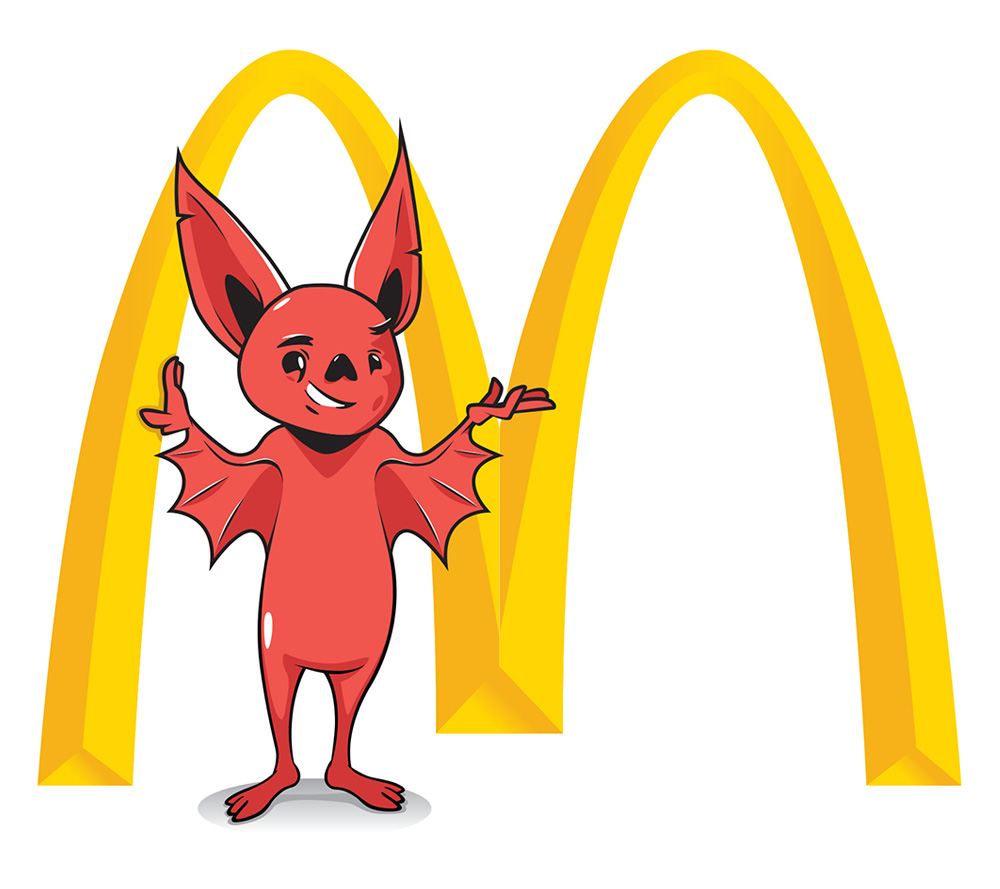
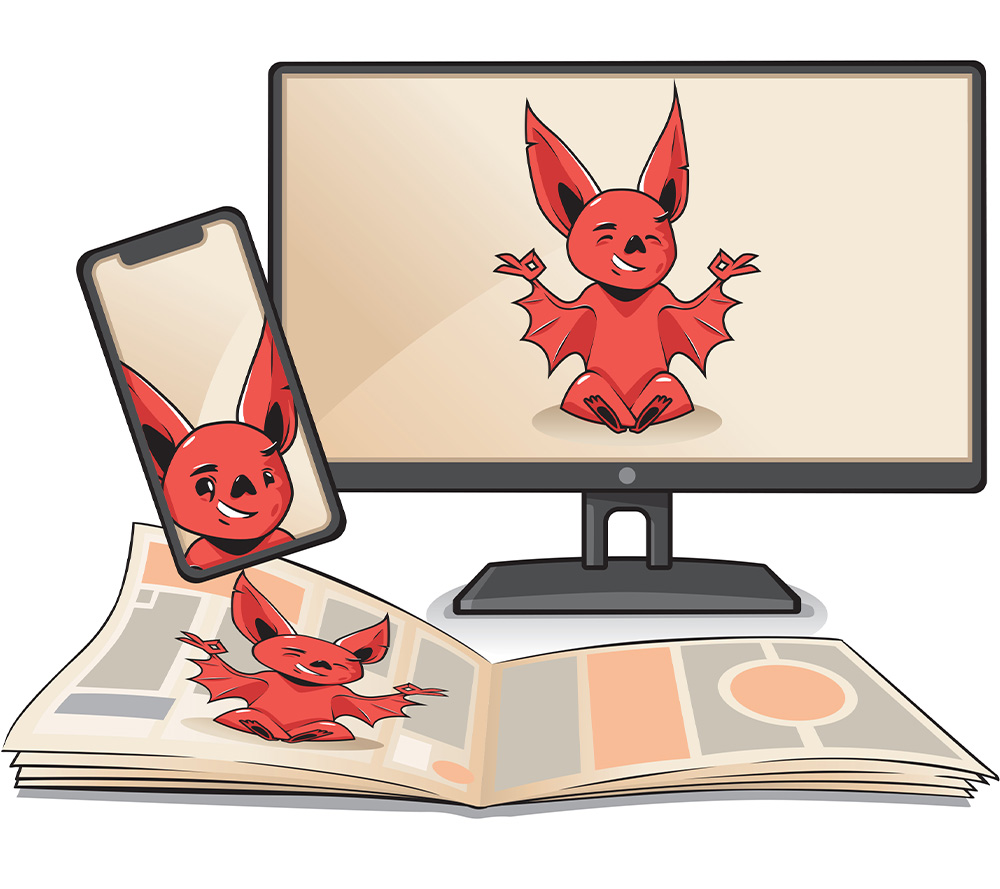
Stand Together
Distinctive Brand Assets help to connect disparate marketing activities consciously or subconsciously. Activated well, they bridge the long and short across all touchpoints at all times.
Consider the latest tagline meticulously developed for an integrated campaign. The reality is, only a handful of consumers are likely to recognise, let alone remember it. Put this theory to the test – can you recall the slogan of the last product or service you purchased? Unless it’s a giant brand like Nike or McDonald’s or your very own brand, chances are it has slipped your mind. Relying solely on an advertising slogan won’t effectively unify your campaign efforts. It demands the combined impact of your Distinctive Brand Assets to connect the dots for busy consumers navigating through a sea of thousands of brand messages daily.
Stand Out Physically
With 30,000+ items in an average supermarket, standing out has never been more important on-shelf and online. Distinctive assets improve how easily your brand is found, ultimately making your brand more likely to be bought. On a packed shelf, distinctive assets help brands stand out amidst the clutter. Think of how a distinctive pack and product such as Kikkoman Soy sauce draws your eye, and you almost subconsciously add it to your basket. Or why a familiar cereal pack owns part of the fixture due to their strong colour. Or why you ask the waiter for an Aperol Spritz after noticing it at the next table over. These are distinctive assets in action.
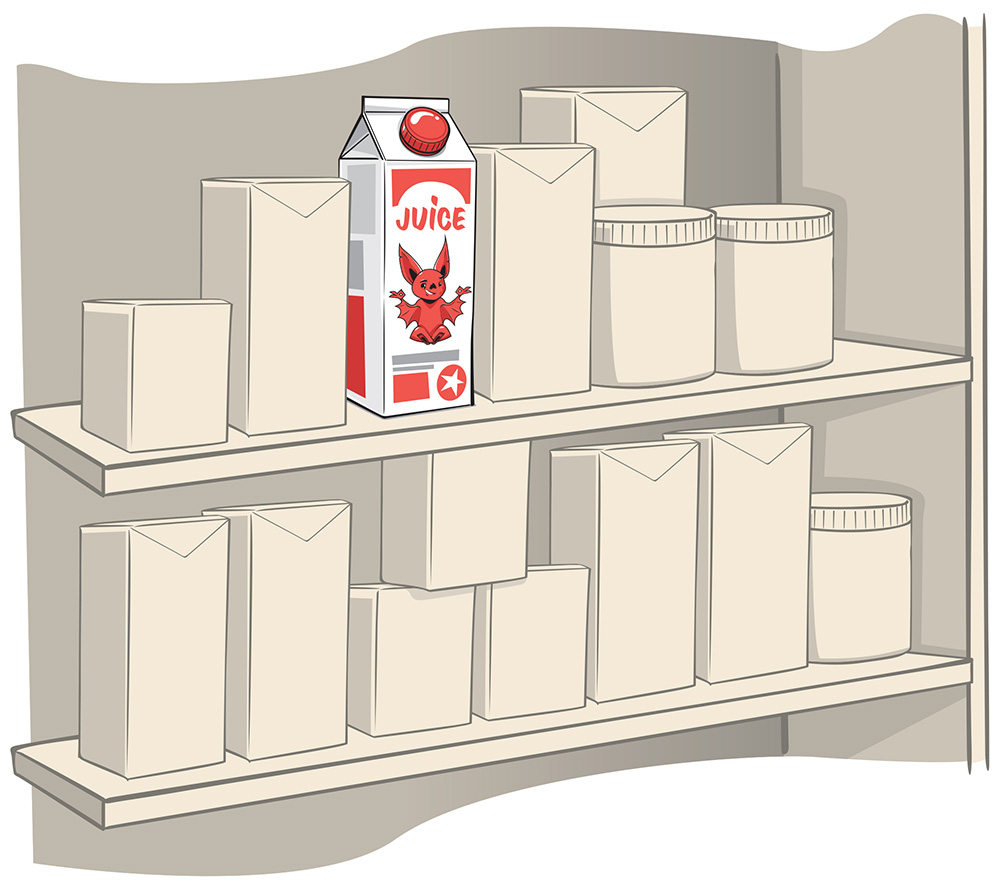
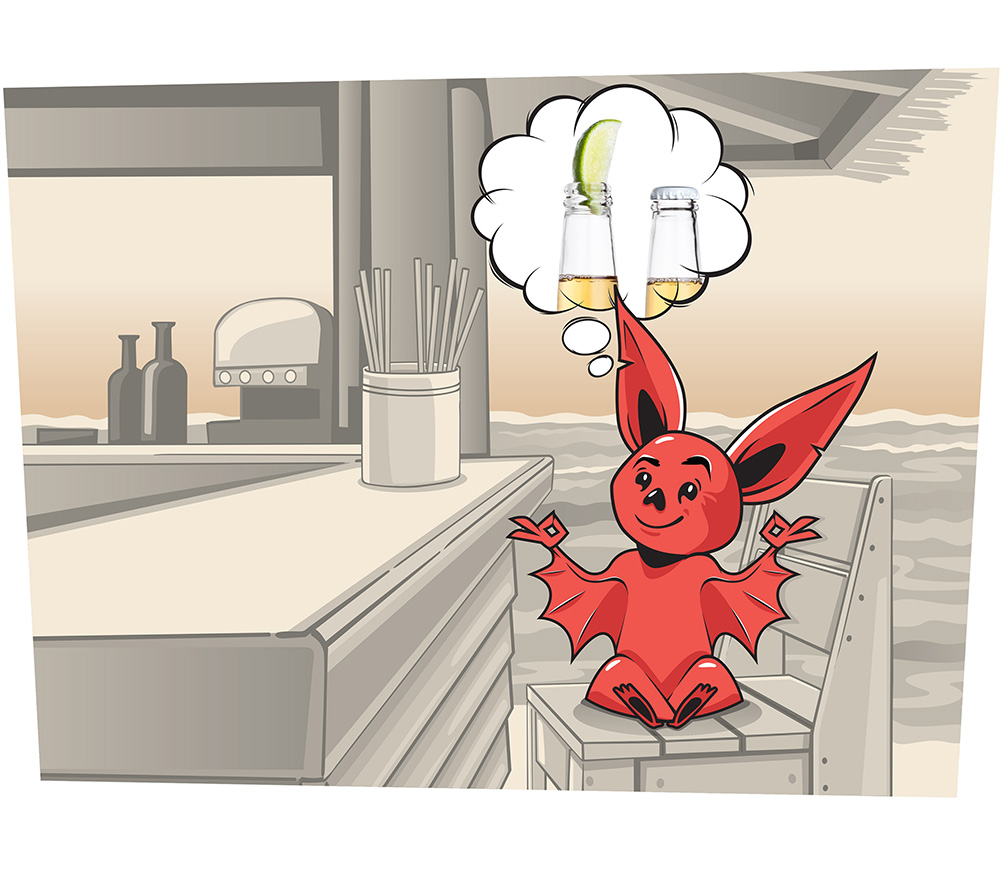
Stand Out Mentally
Distinctive assets improve how easily your brand comes to mind. They create shortcuts (mental heuristics) for consumers, the vast majority of whom neither care nor know anything about brands like us marketers. They create more dimensions for how brands come to mind in purchase and consumption occasions.
On average, brands with strong assets are 52% more salient than their rivals4, i.e. they are much more likely to spring to mind when consumers are shopping within the category. Consider how Corona comes to mind at a beach bar, thanks to the lime. Or how a tin of Pringles pops into your head on the way to the confectionary aisle. Creating a brand that is salient, i.e. comes to mind at purchase or consumption, is one of the most essential factors in how brands grow. Distinctive Brand Assets help get you there.
The DNA Of
Distinctive Brands
Inspire your team and brand, by understanding how to achieve greater levels of distinctiveness with our guide to Distinctive Brand Assets
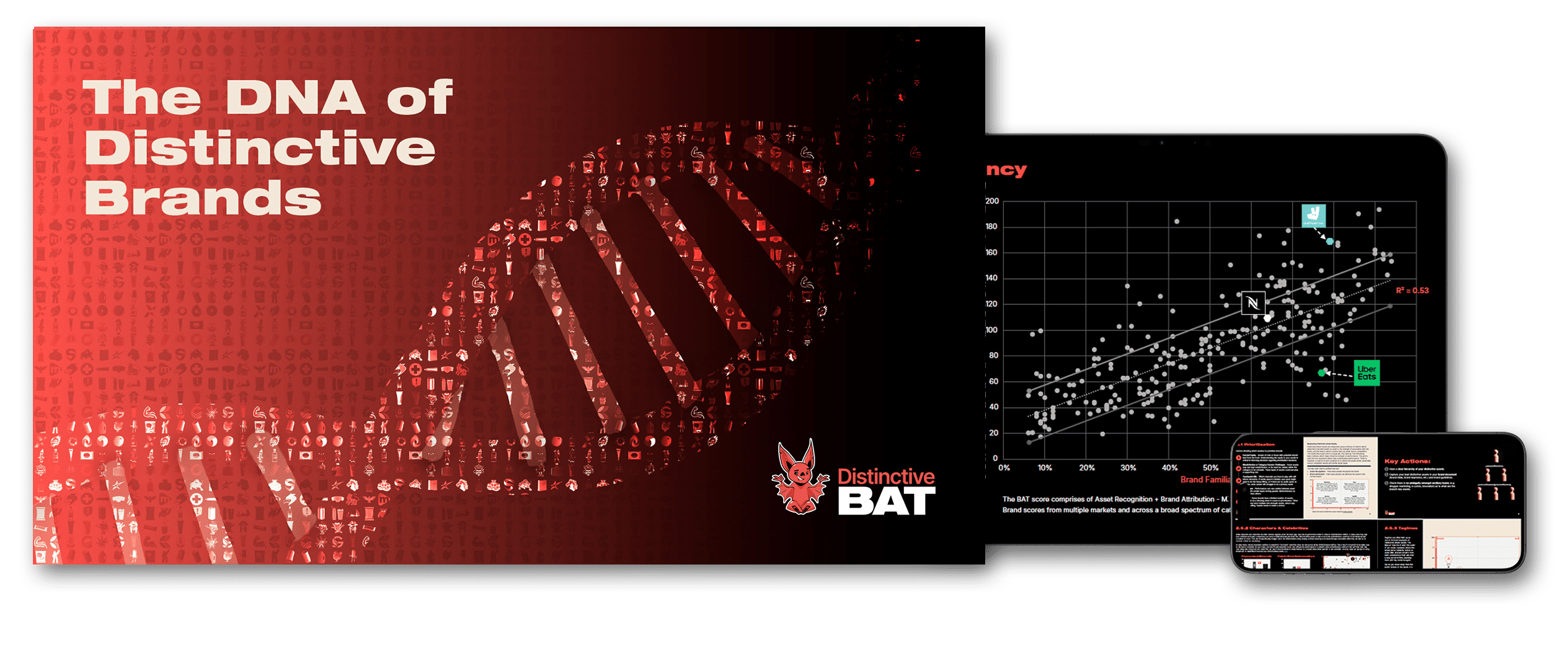
Types of Distinctive Brand Assets
While Distinctive Brand Assets can manifest from any of the human senses, the majority of DBAs are visual in nature, with a small but increasing number of audio assets. Here we break down the most common types.
Logo
The obvious place to start, logos are often the most recognisable brand asset driven by their usage and prominence. A well-embedded logo with depth and other features allows for creative usage and flexibility, opening the door for colours, shapes or even characters to play wider roles.
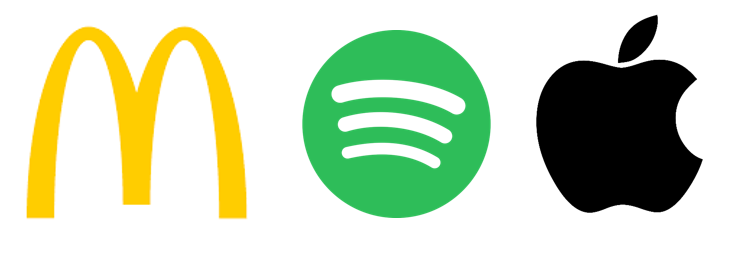
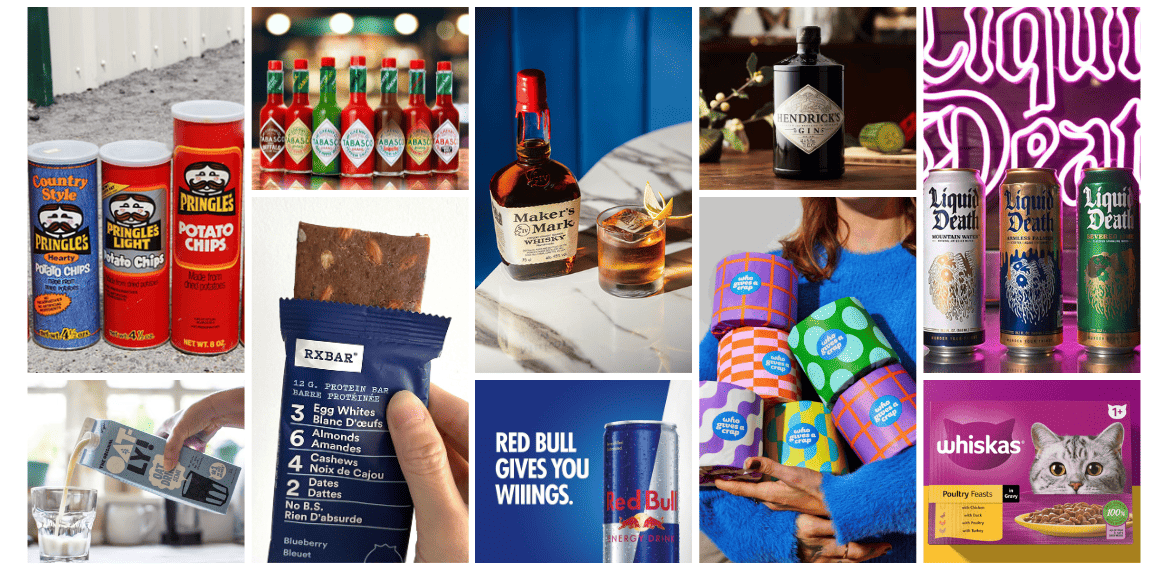
Pack or Product Shapes & Elements
Though not applicable to all, packaging and/or products play a crucial role as Distinctive Brand Assets, especially for FMCG/CPG brands. They are often the highest reach & most common consumer touchpoint due to their visibility on shelf or at home. Most packaging falls into the average category, with time and consistency doing the heavy lifting, stand out packs can propel brands forward. Learn more about the key factors in distinctive packaging design here.
Colour
Whether a single colour or a combination, colour plays a key role on its own or as part of multi-dimensional distinctive asset. While challenging to own in isolation, colour often requires support from shape or context. In most cases, it plays an essential supporting role.
Guinness is an example of one brand which uses colour very well, with black and white used consistently for years (whilst also playing on the shape of the pint glass). Coca-Cola also has strong associations with red in the beverage category, while Tiffany & Co is renowned their trademarked “Tiffany Blue”.
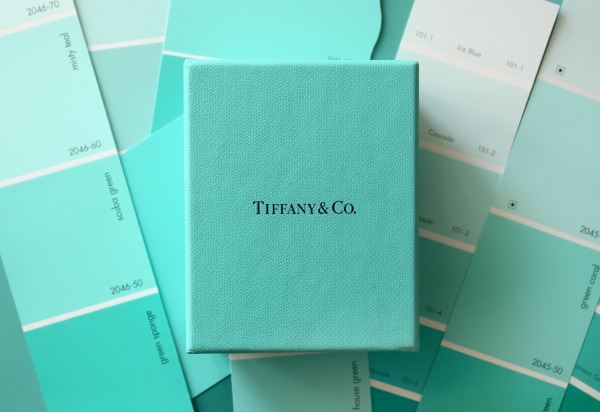
Distinctive Asset Measurement: Brand Research That Provokes Action
Used by some of the world’s most distinctive & leading brands






Shapes, Icons or Elements
Shapes represent some of the most strongly embedded DBAs, with iconic examples often jumping out from the brand logo. The McDonald’s Golden Arches exemplify how colour and shape can combine to create something recognised the world over.
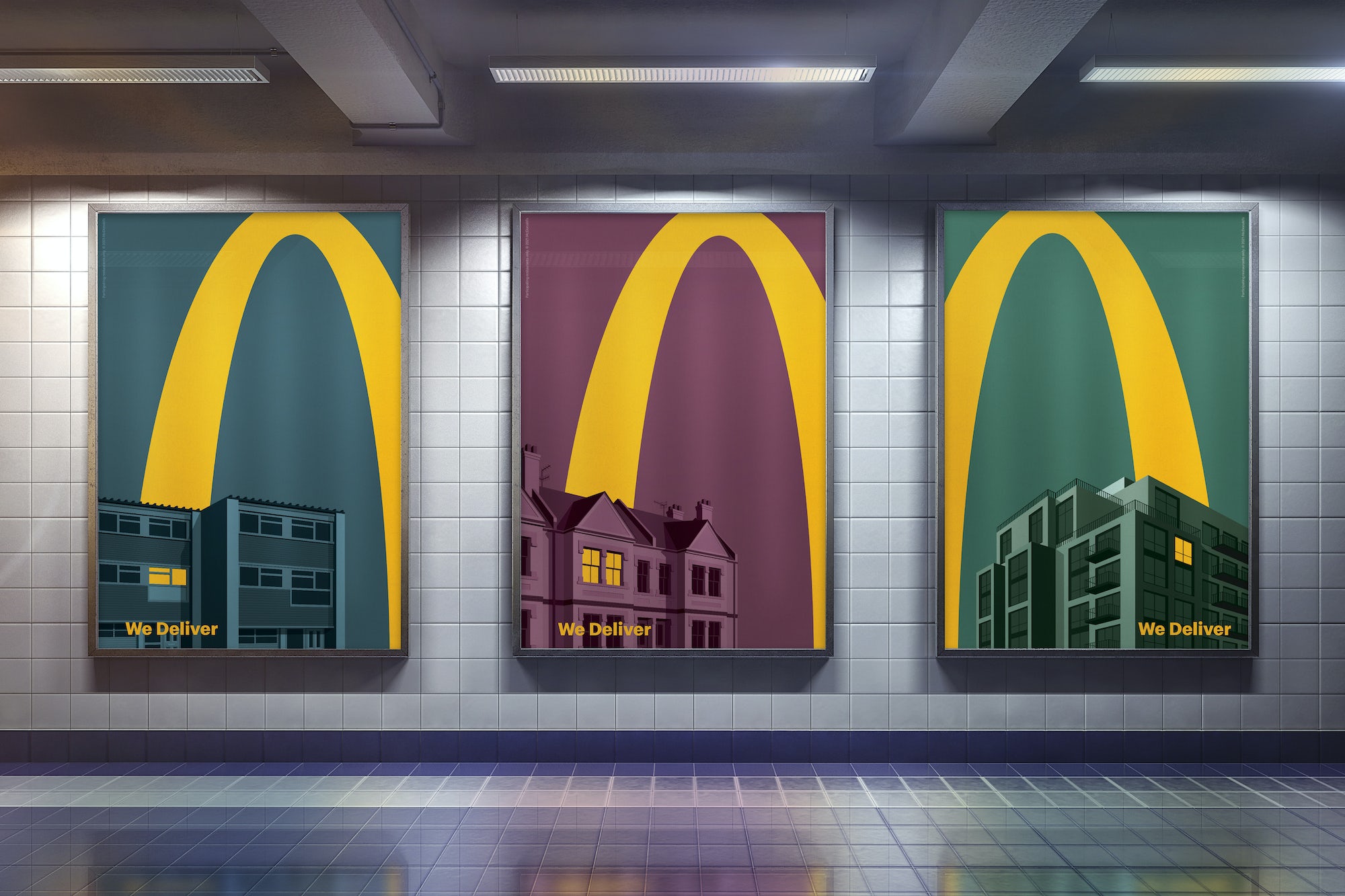
Another example is Heineken. Their red star helps, consciously and subconsciously, to make Heineken stand out against the sea of similarly coloured green competitor beers.
National Geographic also show how colour, shape & product can combine to create a powerful distinctive asset.

Words, Taglines, Statements or Claims
While iconic taglines may readily come to mind, these are often associated with global giants like Nike or Apple. In reality, embedding taglines is a challenging task that requires consistent use, creativity, time, prioritisation, and substantial budgets. Test it yourself – can you recite the tagline of Adidas or Samsung? This is not to undermine the importance of taglines in fostering distinctiveness, but caution is warranted when relying solely on them to connect marketing activity.
Of the best-in-class examples, “Have a break, have a _______” is a tagline which goes beyond words, creating a wider creative platform for the brand. Delve deeper into the challenges of embedding taglines and gain insights on how to elevate distinctiveness in your brand messaging in our recent piece of research here.
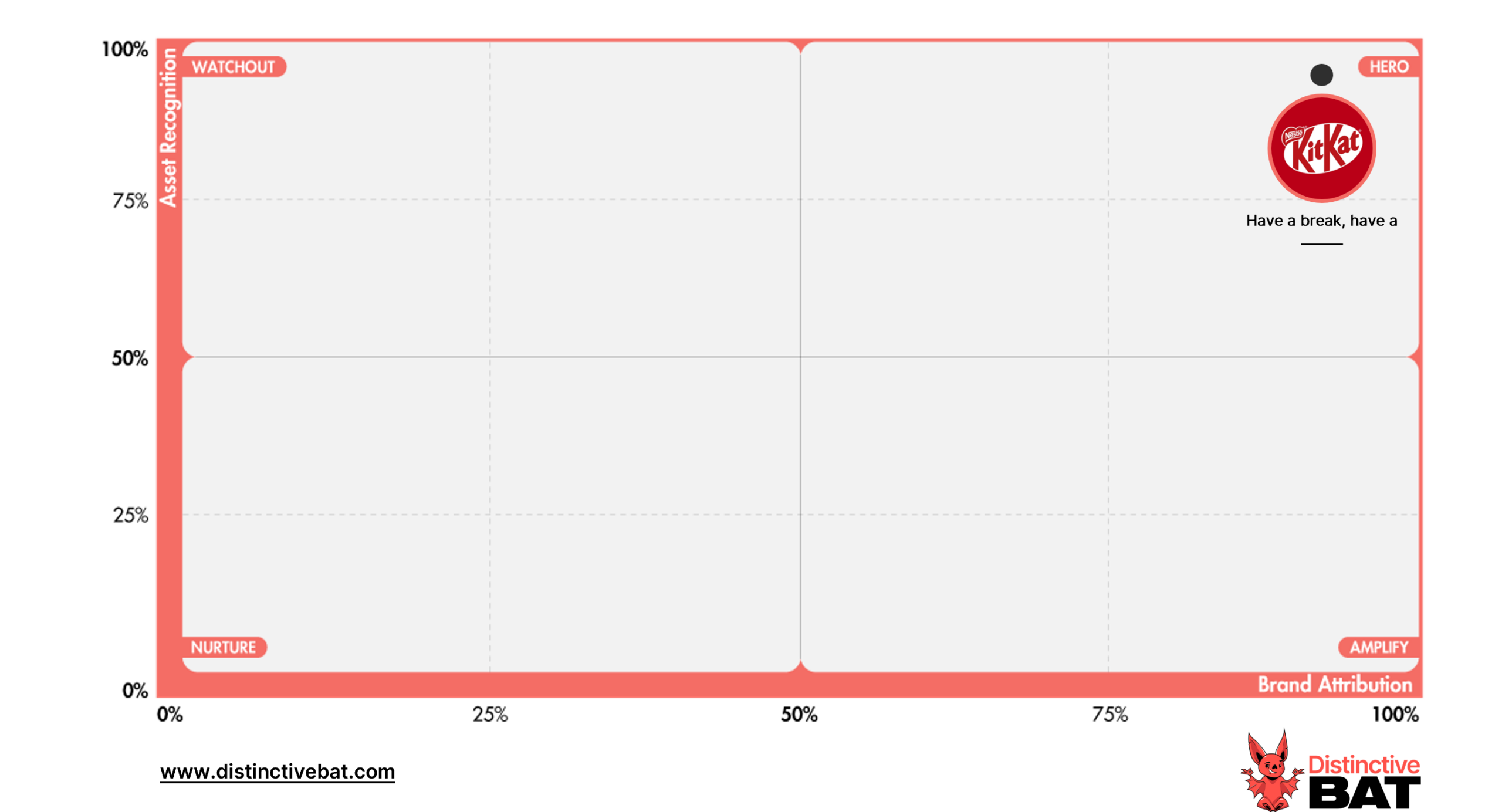
Advertising Style
Having a distinctive approach to advertising pays back handsomely. When your advertising looks like you, it ensures your communications are linked and attributed back to your brand. It enhances creative effectiveness, increasing the likelihood of consumer recognition, recall, and memory association. But a logo isn’t enough on its own and can be a blind spot.
A distinctive ad style can help you stand out amongst the plethora of brands you compete with in the battle for attention. Following safe category norms in advertising can often just benefit the category leader. While category codes are sometimes required (for communicating Category Entry Points, for example), the brands that plough their own path stand out in the sea of sameness.
With all these challenges and the realisation that a good chunk of advertising reach is simply just a small nudge to remind people your brand exists, a key focus for brands is in creating a distinctive approach to advertising, which helps negate the aforementioned issues. Individual DBAs, such as characters, icons or jingles, amongst other asset types, can do a lot of the heavy lifting when featured as the hero in advertising. Some brands, however, look to create a distinctive ad style, and the ad style in its own right becomes a Distinctive Brand Asset. Read more about distinctive advertising styles and approaches here.
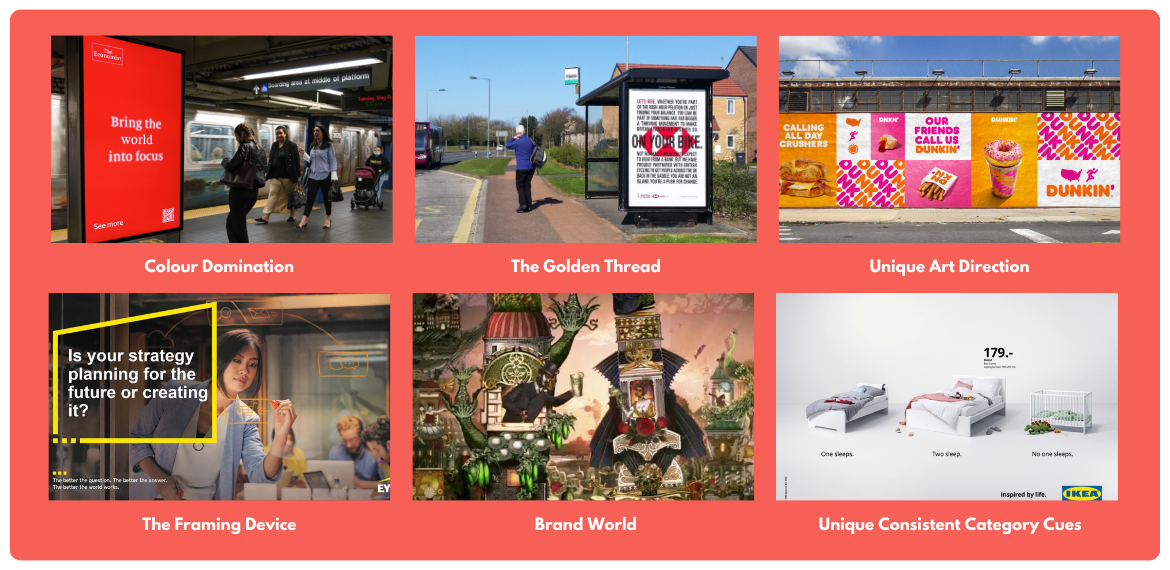
Characters or Mascots
Ronald McDonald, Colonel Sanders, Mr Muscle, Aleksandr Orlov AKA Compare the Meerkat, all examples of strong DBAs embedded with category buyers and wider culture itself. Characters represent some of the most fertile territory for DBAs, driven in part by our innate ability to better remember faces, but also by the ability for brands to play with their characters on pack and within creative. Check out more examples of character assets with cut-through in this blog article.
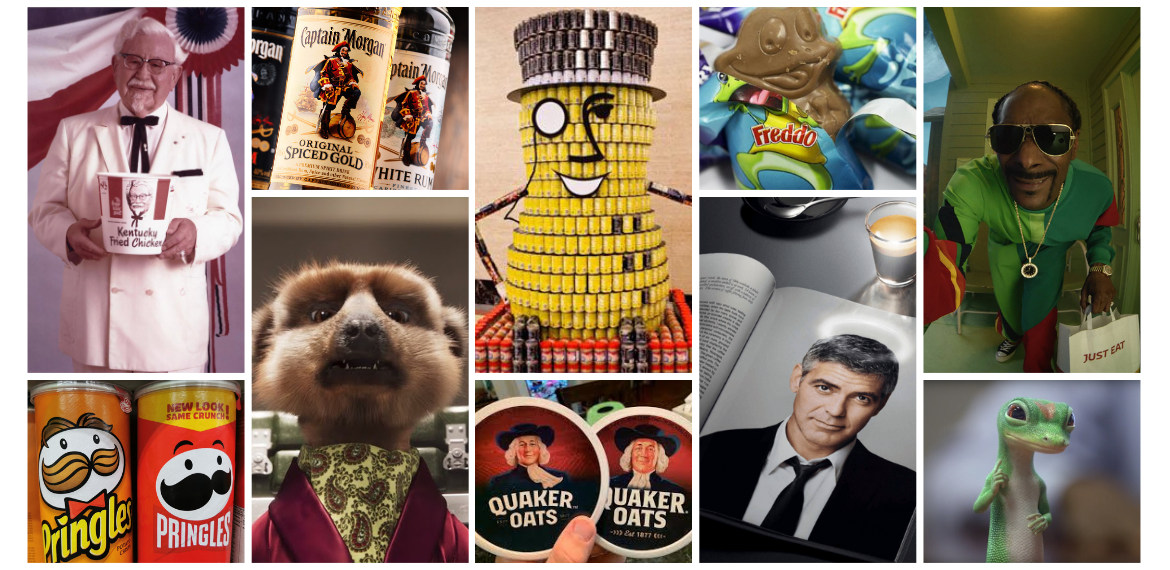
Audio or Sonic Branding
Often underutilised in modern times, audio devices are another weapon in creating a distinctive brand. It could be said that jingles, one such format, are a microcosm of marketing, an incredibly hard-working device that has gone out of favour in preference of trendier concepts.
Some of the most successful instances involve brands using audio to reinforce taglines or brand names, such as McDonald’s with “I’m Lovin’ It,” or iconic jingles like “Ho ho ho, Green Giant” and “Did Somebody Say Just Eat.” (Learn more about why jingles are considered one of the most underutilised asset types here.)
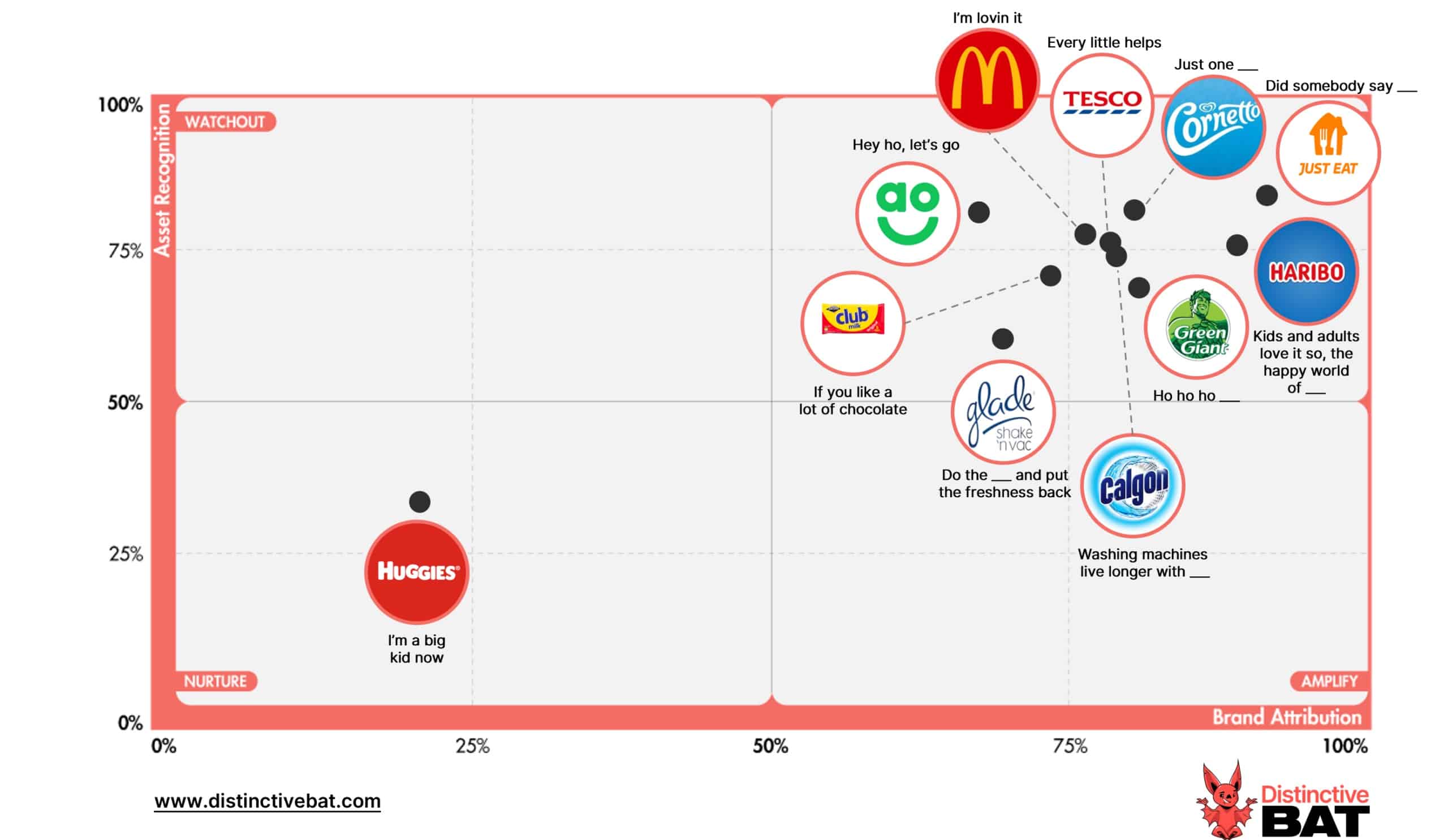
Sonic triggers too can act as an audio logo for brands such as Intel, PlayStation and Netflix.
With the rise of audio devices, podcast advertising, and the broader realm of audio-visual content, audio DBAs may be poised for a resurgence.
To find out more about Distinctive Brand Asset measurement, or to gain help in understanding the performance of your brand through a quantitative assessment, contact us today. Alternatively, download our distinctive asset playbook here www.distinctivebat.com/distinctive-assets-guide.
Why Research & Track Distinctive Brand Assets?
Asset Prioritisation
Understand your strongest performing DBAs, informing which to hero in your communications, online and on pack.
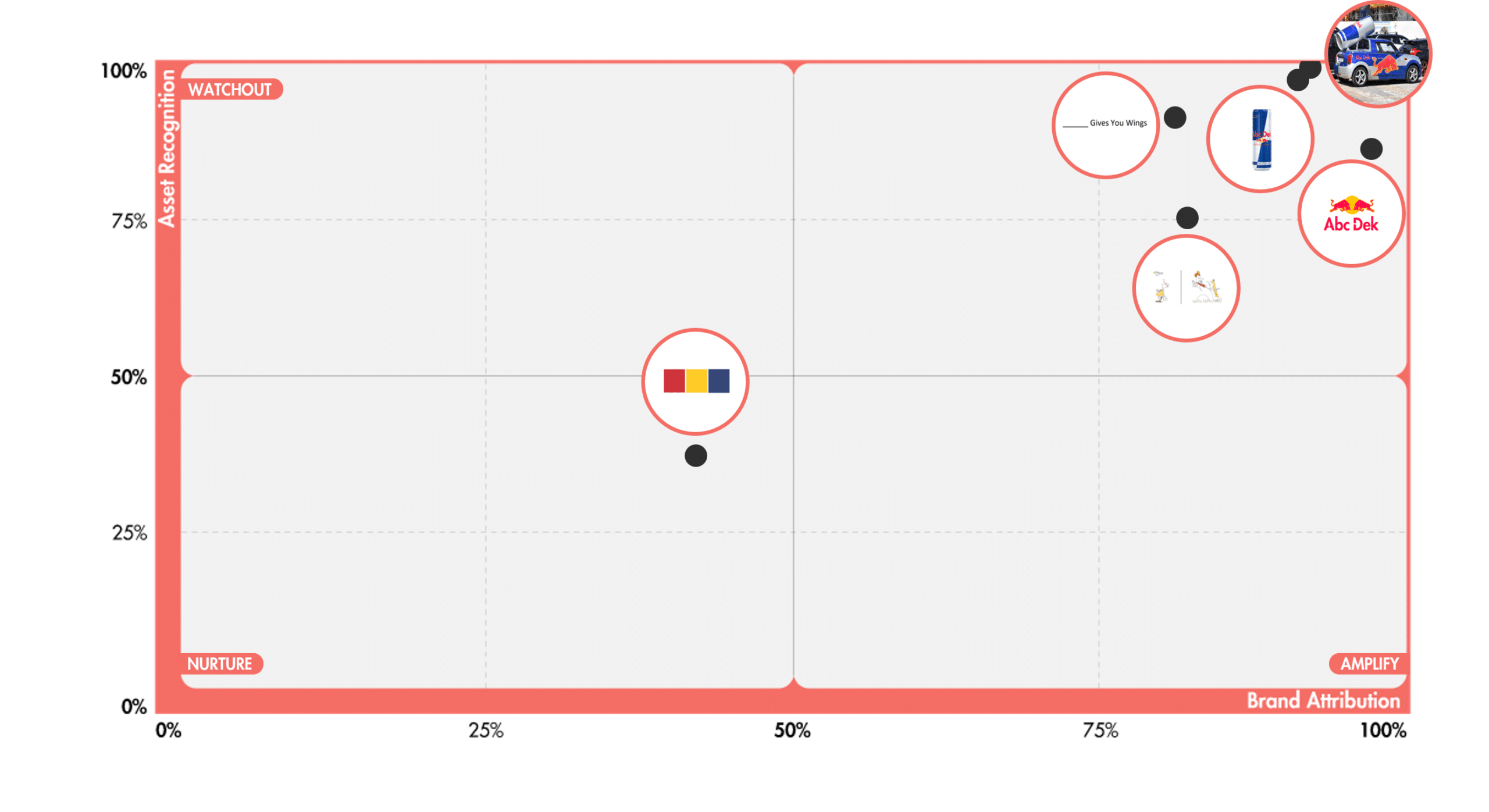
By understanding your top-performing assets you are better equipped to make decisions on prioritisation
Watchouts & Threats
Be clear on your watchout assets, including those signalling your competitors and being misattributed.
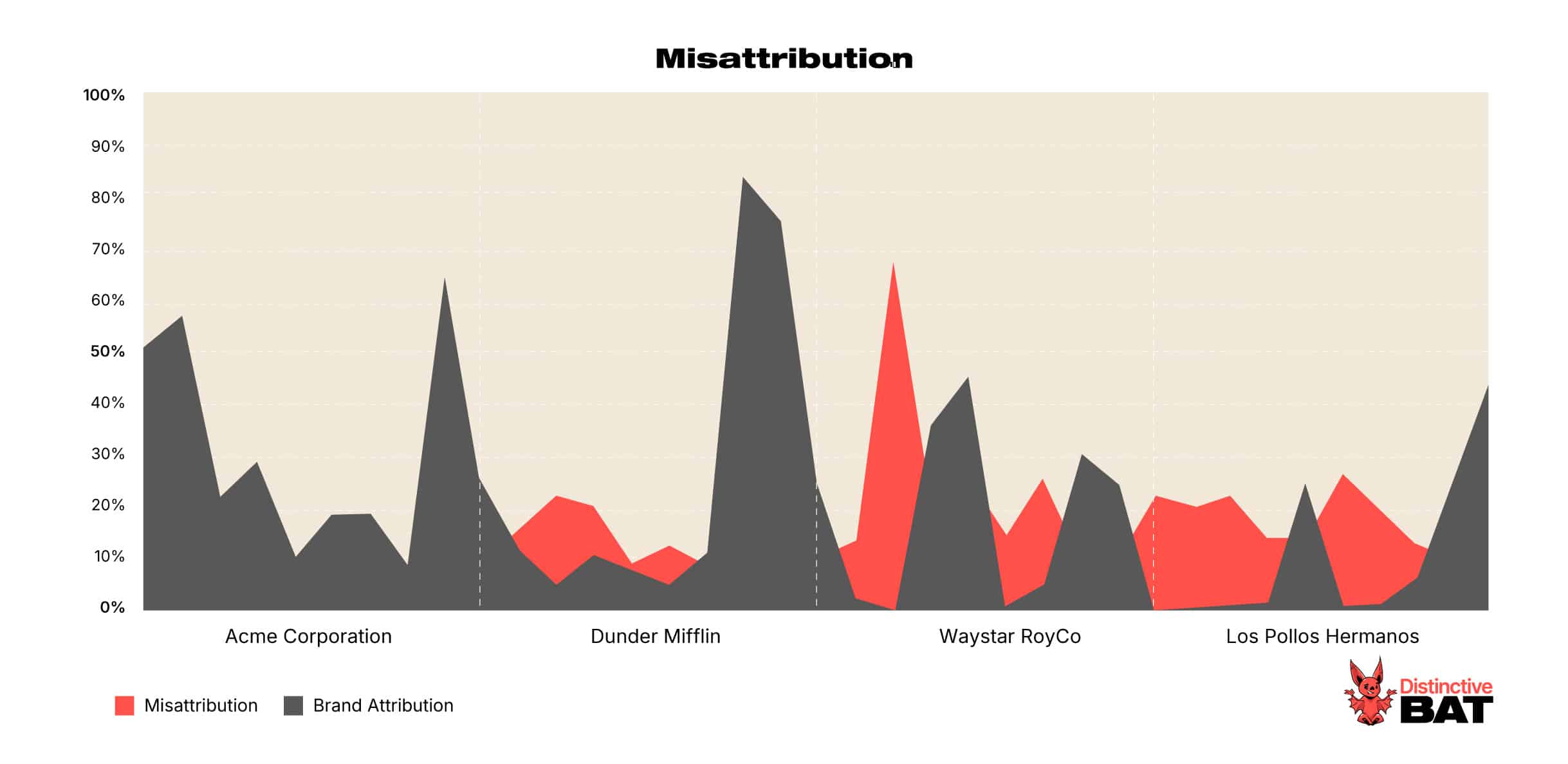
Identify which assets are inadvertently signalling your competitors or are perceived as generic within the category
Informing A Pack Refresh
Before undertaking any pack update, it is crucial to understand what makes your pack recognisable so you know what needs protection or what could be evolved.
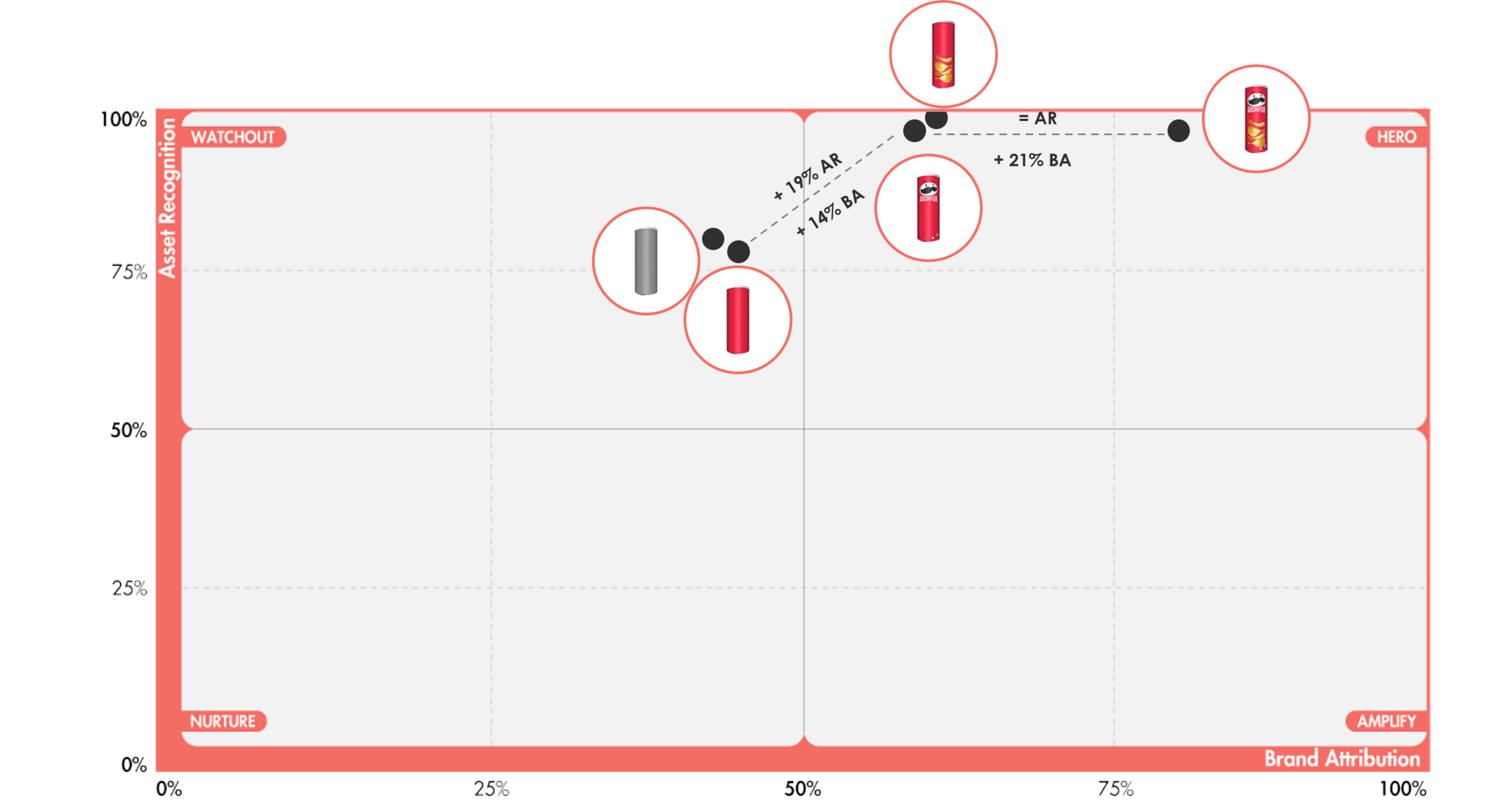
Uplifts of different elements from Pringle, shows which assets are key to their pack to ensure it is easy to find on shelf. These data points help guide any future pack refresh or variant design.
Work In Progress Assets
Understand which assets need more work, adaption and/or creative application.
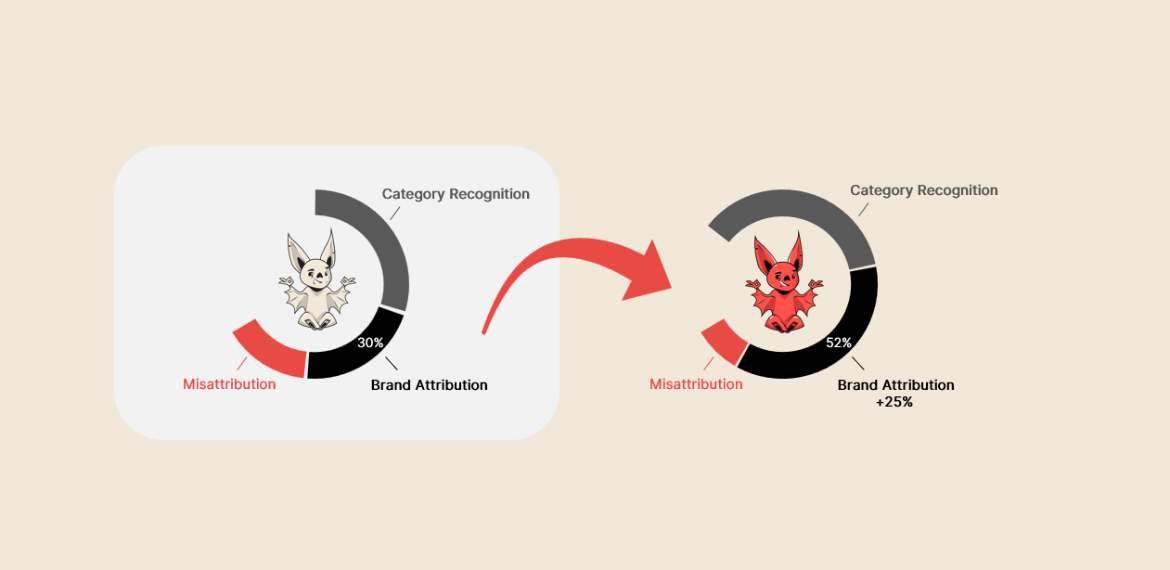
By testing multiple variants of assets you can better understand what is driving levels of distinctiveness so you are clearer on what to dial up. By testing new assets (e.g. advert styles), you can also gauge potential issues of misattribution.
Asset Gaps & Opportunities
Identify gaps within your current asset suite and highlight white spaces within the category for specific asset types.
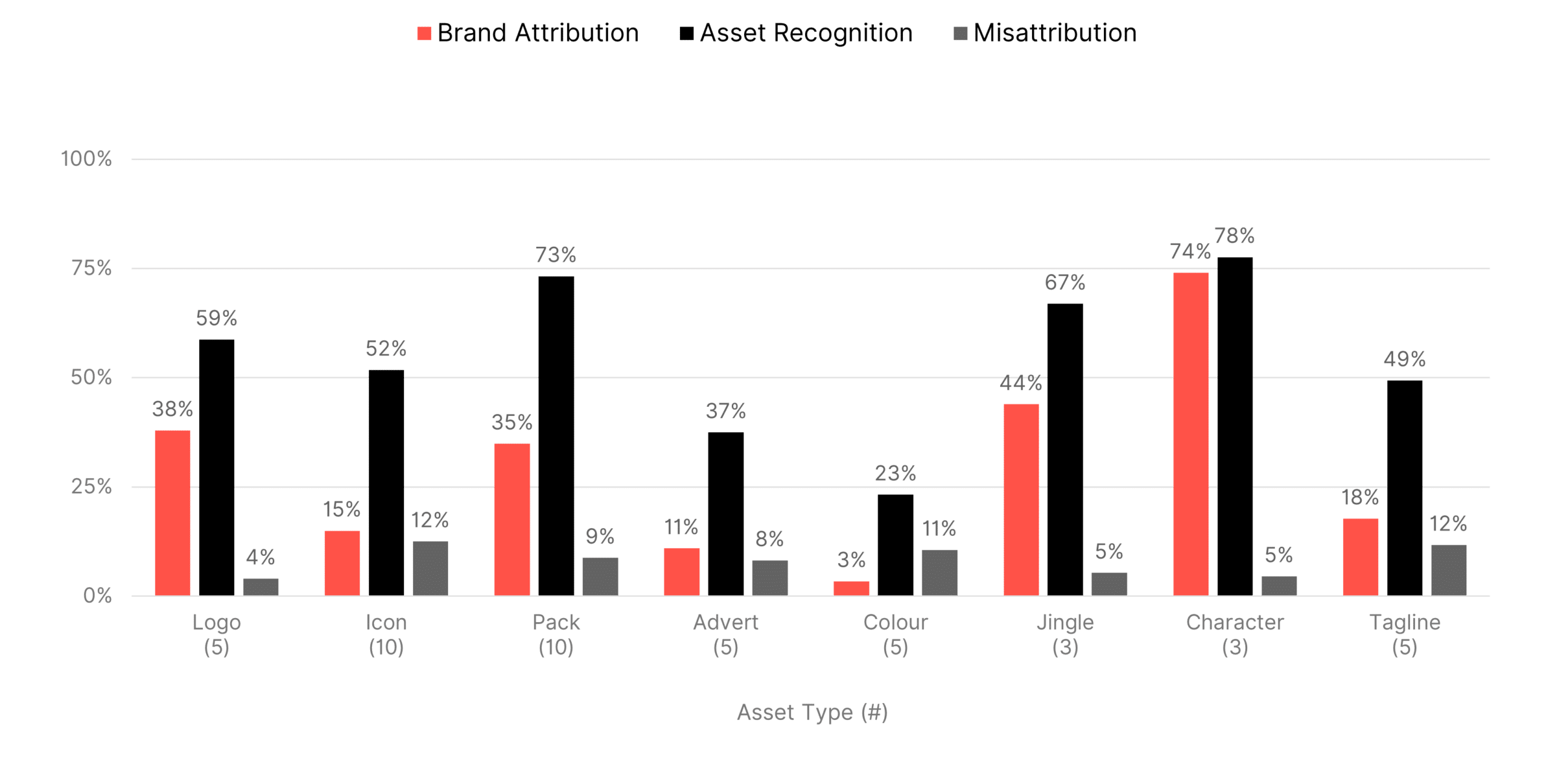
DBA research will unpick performance within the category, to help understand potential whitespace territories across asset types.
Benchmarking & Ongoing Tracking
Allows you to benchmark against competitors and track performance over time, as well as indexing performance using our global DBA database
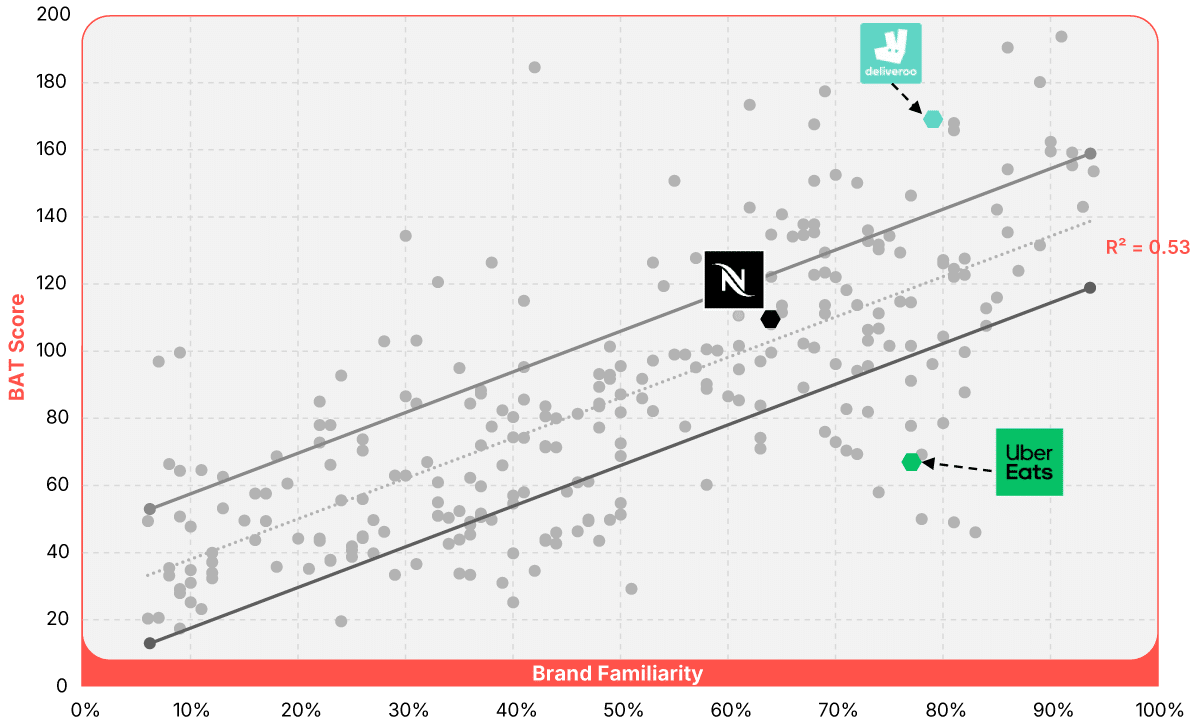
Our DBA database allows you to understand performance at a brand and asset level versus brands in similar categories, along with variance at a market level, or in comparison to brands of similar size.
Our Clients
Find Out More About Distinctive Brand Asset Research
Distinctive Brand Asset measurement has become cornerstone research for ambitious marketing and insight teams. We offer DBA research solutions that provide a clear action plan on how to create a distinctive brand and enable long term growth. Contact us via the form or on hello@DistinctiveBAT.com to find out more.
A stress-free process, led by senior experts
Tailored, easily digestible insights
A playbook for asset prioritisation and next steps
Performance benchmarking through our global database
Building A Distinctive Brand Asset Strategy
Brands of all sizes can start improving the standing of their Distinctive Brand Assets. The first step is to undertake distinctive asset research; an audit of your assets allows you to understand actual performance against competitors.
This research will help you unpick your best-performing brand assets and determine which ones you should double down on. It will also help you understand any watch-out assets being misattributed to competitors. It will uncover which assets may need more work, adaptation, and/or creative application, and finally, it will allow you to benchmark and track performance over time.
We will use the Distinctive Brand Asset grid as the main visual aid, plotting asset performance by brand and asset type. Our research reports are also action orientated, providing recommendations on how to propel your brand forward.
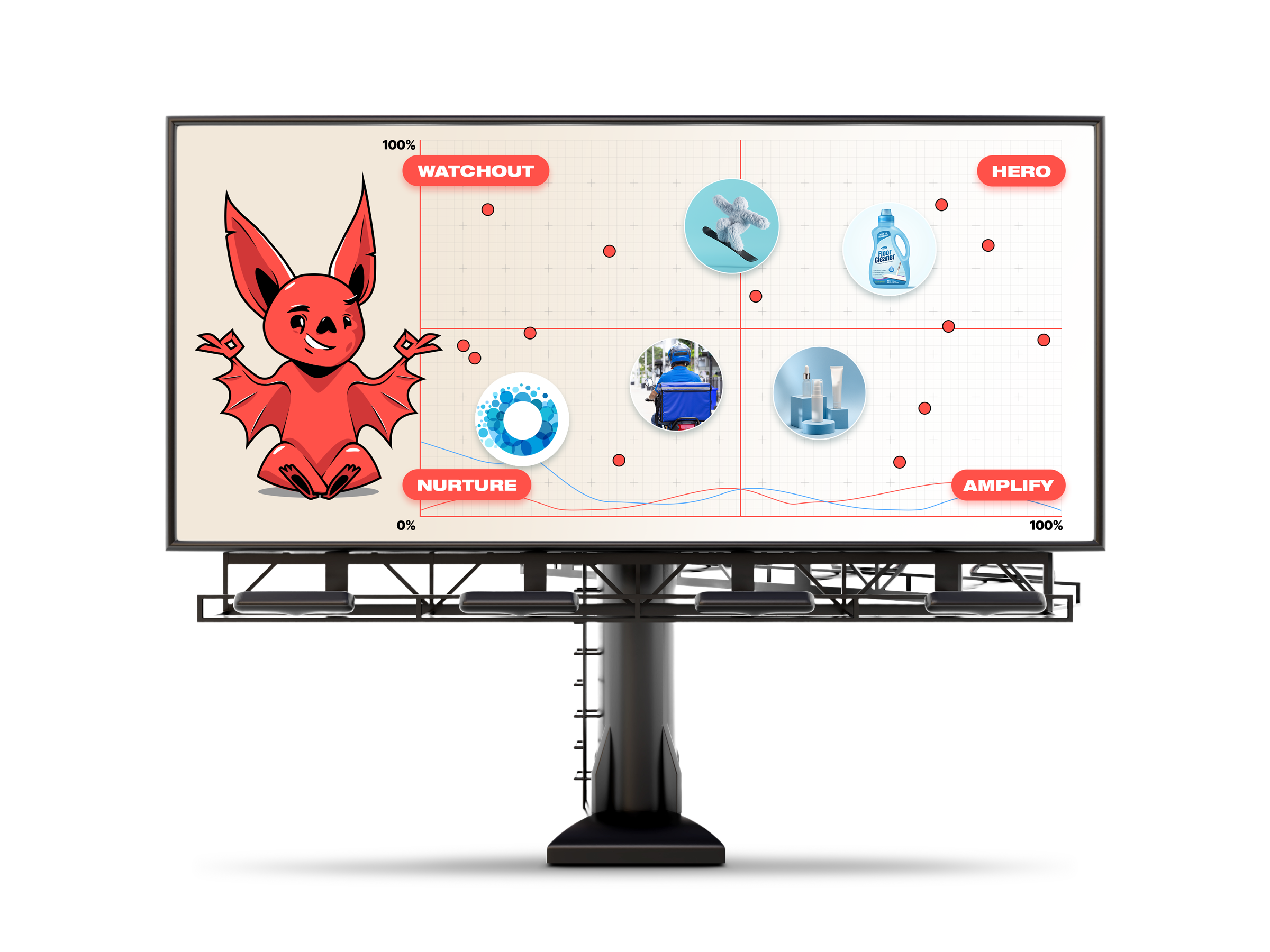
Resources & Blog
The DNA Of Distinctive Brands – DBA Guide
Inspire your team and brand, by understanding how to achieve greater levels of distinctiveness with our guide to DBAs. …
Celebrities as Distinctive Brand Assets, a slam dunk?
The pros and cons for leveraging celebrity ambassadors as Distinctive Brand Assets + a look into Dunkin Donuts' approach. …
Distinctive Brand Asset Planning
So you’ve done your distinctive asset research or audit, you understand the equity in your distinctive assets and have clarity on which …
